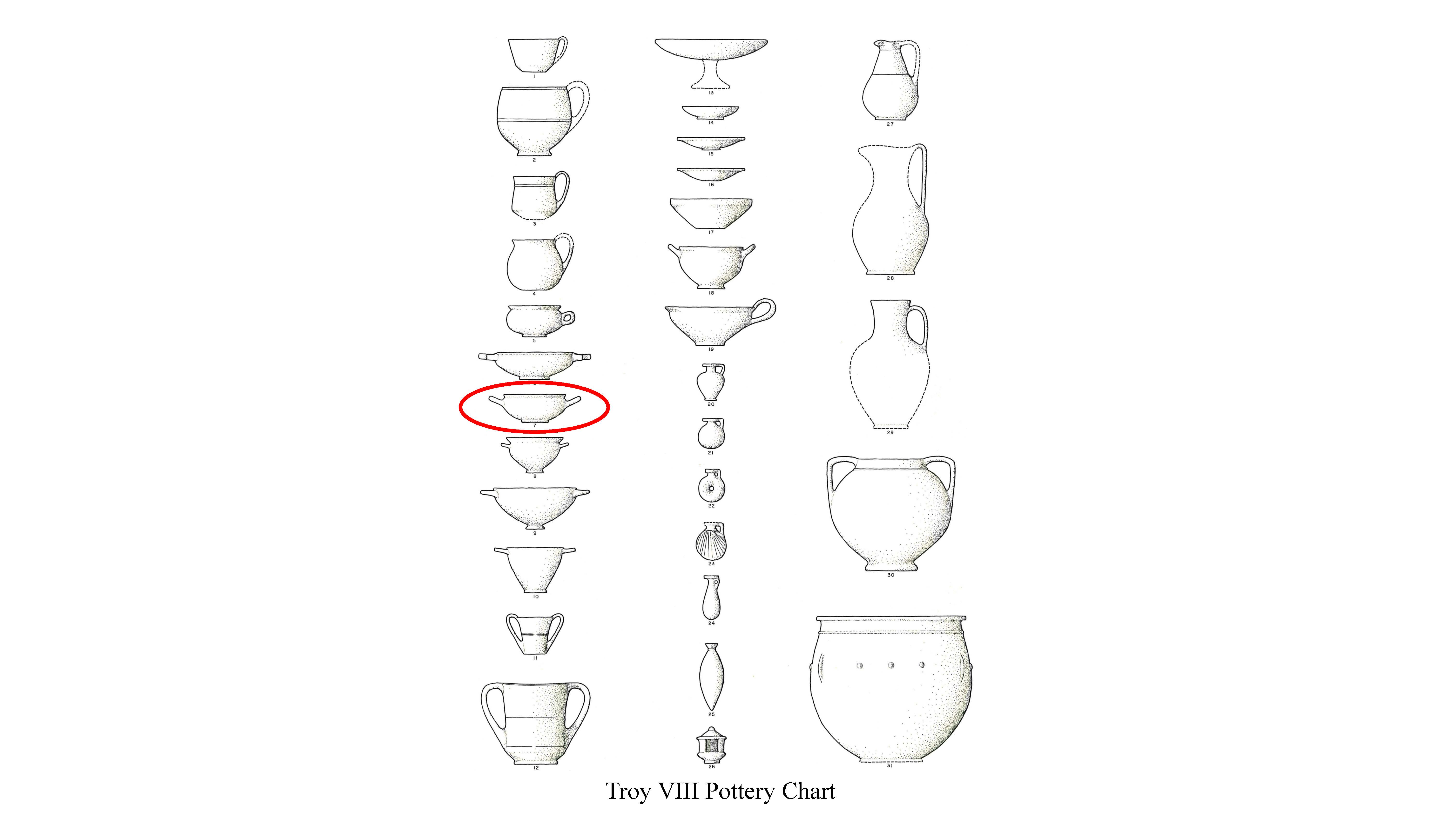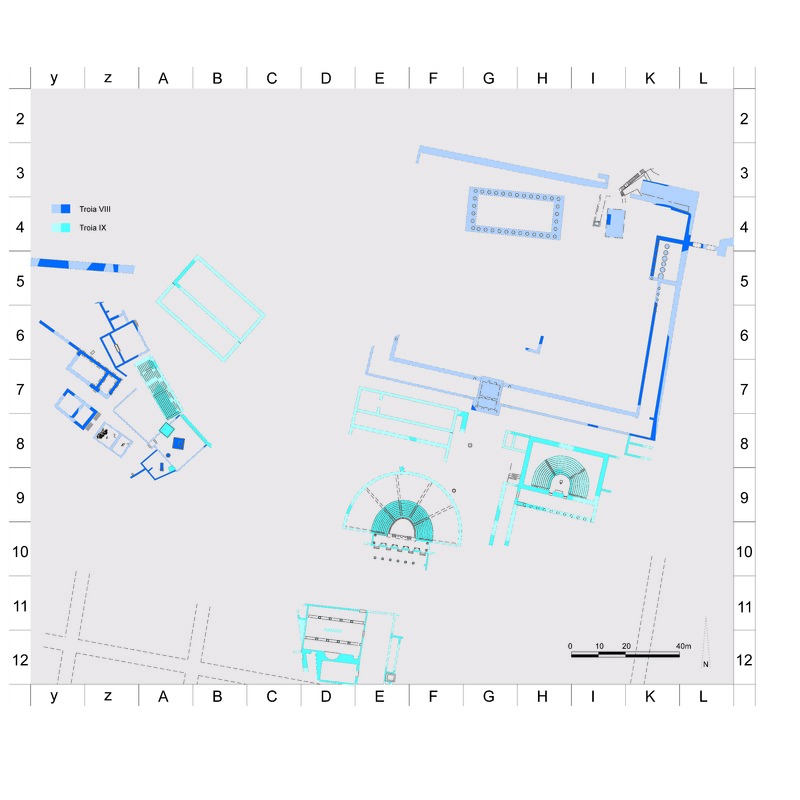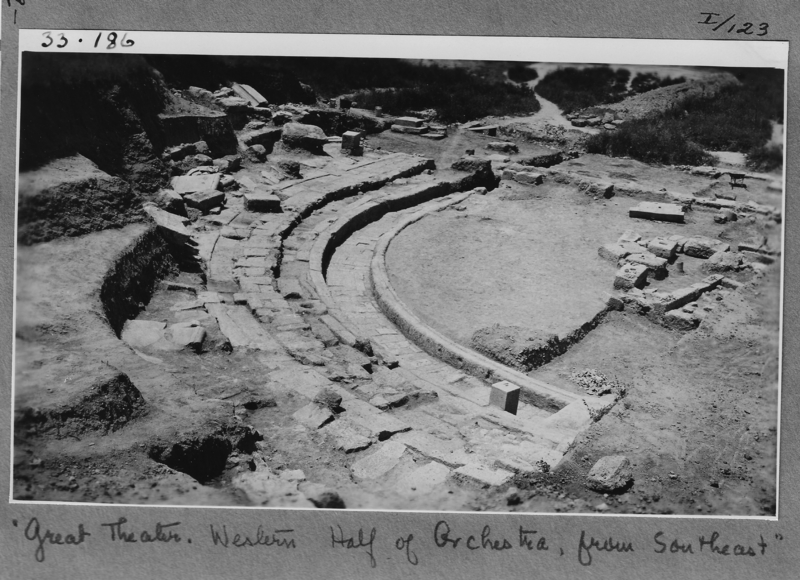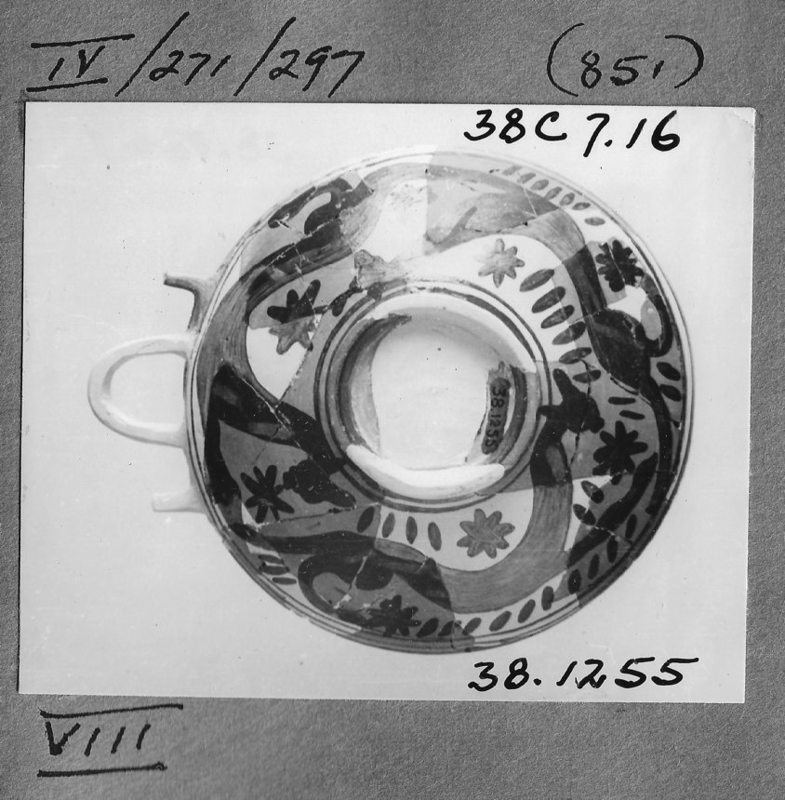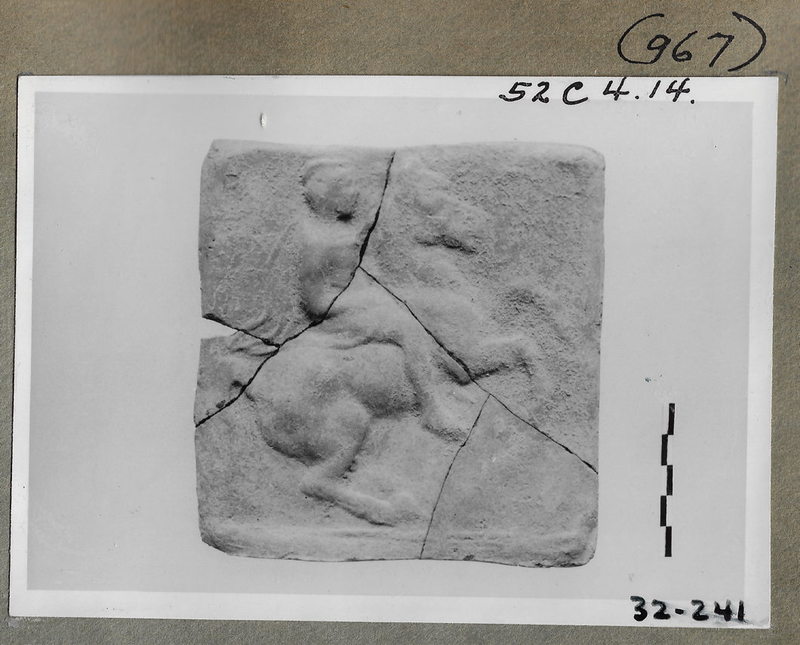Troy VIII-IX (700 BCE-500 CE)
This incarnation of Troy was more of a sanctuary site. The city's name also changed to Ilion at this time, and the city was now farther from the coast due to the silting of the River Karamenderes (Scamander). The site became important again with the circulation of the Iliad and Odyssey by Homer. The prestige associated with the Troy of the past led to city-states and empires desiring a connection to it. The Temple to Athena would be the focal building for these last phases of Troy but the site had other areas of cult worship to heroes or other gods. In 324 BCE, Alexander would visit and make Troy an official city (polis). Coins were first minted at Troy during this period.
While the elevation of Troy to a city could be viewed as the start of Troy IX, most scholars consider the start of IX after it was attacked by the Roman general Fimbria in 85 BCE. After this incident, Rome took responsibility for reconstructing the whole city, as they traced their ancestry to Troy. Troy would become larger than previous incarnations, but it still functioned primarily as a religious center. This level of Troy had the newest Temple of Athena, baths, theatres, and other major projects to elevate Troy’s status. The Emperor Augustus was a staunch supporter of this reconstruction program. Earthquakes once again caused the end of Troy.
Troy VIII-IX Architecture
Troy VIII-IX Finds
